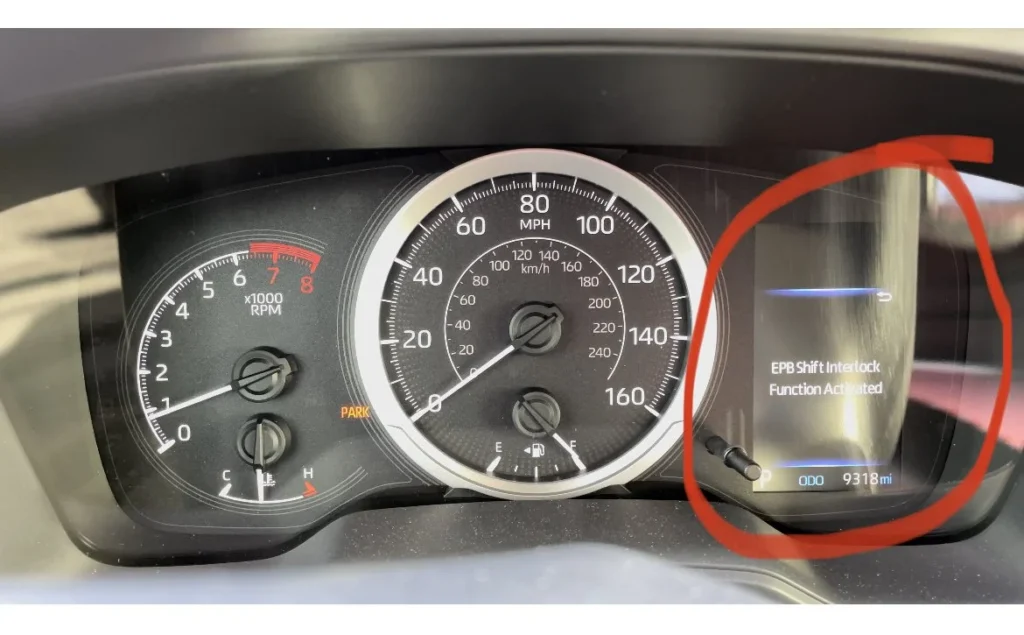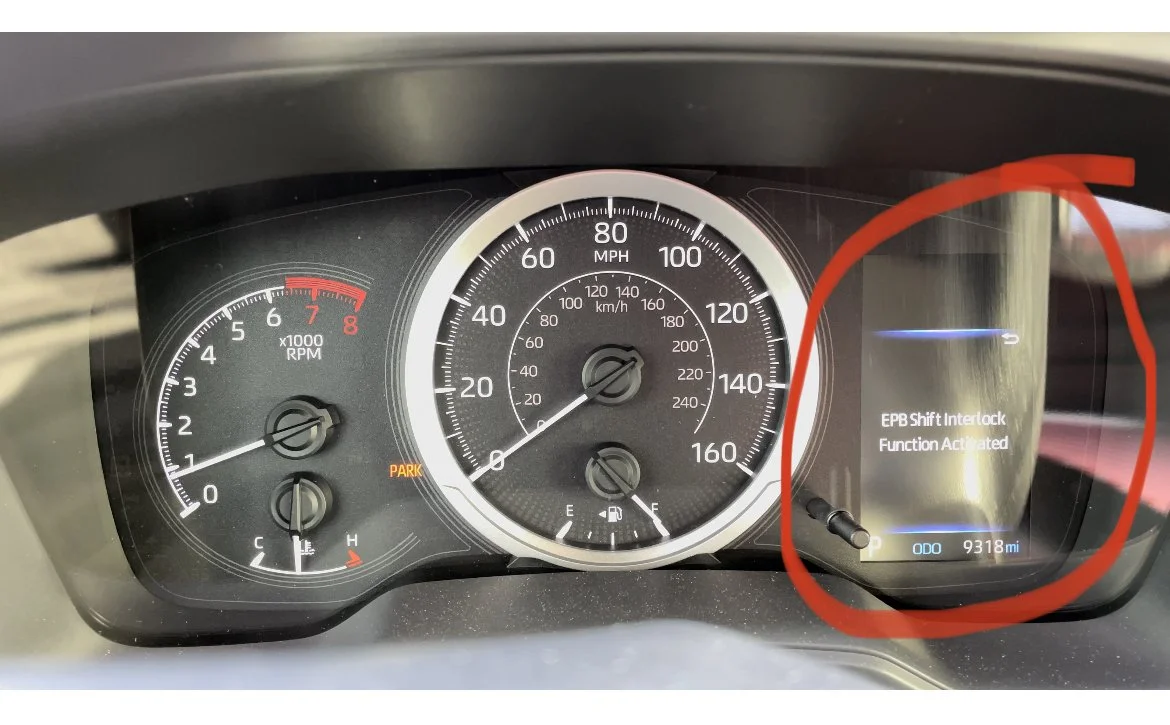If you’ve ever tried to shift out of Park in your Toyota vehicle while the brake pedal isn’t depressed, you’ve likely encountered the EPB shift interlock function. This safety feature is designed to prevent the transmission from being shifted out of the Park unless the brake pedal is pressed. But what exactly is it and how does it work? Let’s dive in.
The EPB Shift Interlock Explained

The Electronic Parking Brake (EPB) system has replaced the traditional hand-operated parking brake lever in many modern vehicles, Toyota included. By setting the parking brake electronically via a button or switch, it allows for advanced safety features like the shift interlock function.
The shift interlock works hand-in-hand with the EPB system to ensure the vehicle cannot be taken out of Park unless the brake pedal is depressed. This prevents unintentional roll-aways that could occur if the transmission was shifted out of the Park without the brakes applied.
How It Works
When you first start your Toyota, the EPB automatically engages to prevent rollaway. As long as the EPB is set, the shift interlock will be activated, preventing you from shifting out of Park unless the brake pedal is pressed.
Once you depress the brake pedal, sensors detect this and temporarily release the EPB, allowing you to shift out of the Park. As soon as you take your foot off the brake after shifting to Drive, Reverse, etc., the EPB automatically re-engages as an additional safety measure.
If the EPB is released manually via the switch/button, the shift interlock is bypassed, allowing shifting out of Park without the brake pedal pressed. However, the vehicle will start rolling as soon as the transmission is shifted out of Park, so this method should only be used for intentional rolling scenarios like flat-towing.
Benefits of the Shift Interlock
The primary benefit of this feature is preventing unintended vehicle rollaway. Even a small slope can cause a vehicle to roll if shifted out of Park without the brakes applied. This could lead to accidents, injury, or vehicle damage.
It also serves as a reminder to apply the brakes before shifting out of Park, reinforcing safe driving habits. As the shift interlock only allows shifting out of Park when the brake is pressed, it ensures the driver is ready for the vehicle to move.
Wrapping Up
While encountering the shift interlock when rushing to get going can be an inconvenience, it is an important safety feature that prevents potentially dangerous rollaway scenarios.
Also Read:
- Understanding Toyota’s Drive Start Control Malfunction
- The Wait is Real: Toyota RAV4 Waiting Times in Canada 2024
- The Truth About CVT Transmission Reliability
- What’s the Real Cost of Resurfacing Your Brake Rotors?
Understanding how it works and why it exists can help Toyota drivers appreciate this protective function a bit more. Safe driving!



[…] Understanding the EPB Shift Interlock Function in Your Toyota […]
[…] Understanding the EPB Shift Interlock Function in Your Toyota […]